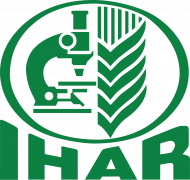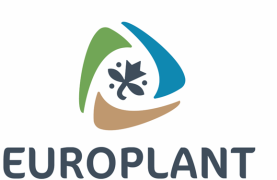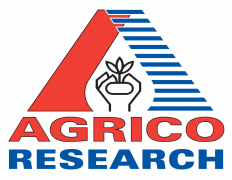Warmer temperatures due to global warming and use of climate-enhancing fibre covers makes it important to gain specific knowledge of the temperature response in potato cultivars grown under Midnight Sun in northern Scandinavia. The temperature response was therefore studied in climate-controlled growth chambers under constant temperatures from 9 to 21 °C under a natural 24-h photoperiod in a greenhouse in Tromsø (69.7°N, 18.9°E), Norway, for the potato cultivars Gullauge (medium late) and Mandel (late). There was a strong response in both cultivars to temperature, with reduced developmental time from emergence and leaf formation to visible flower buds at increasing temperature intervals. Emergence was earlier for Gullauge than for Mandel, followed by no difference in development time between cultivars for subsequent developmental stages. Shoot dry matter weight per plant was highest at 12 °C and 15 °C for both cultivars, although with higher shoot biomass at harvest in Mandel than in Gullauge. Tuber yields and tuber dry-matter percentages were higher for Gullauge than for Mandel. Fresh weight yields and dry matter percentage for both cultivars were highest at 15 °C. Optimum temperature for above-ground vegetative development-rate was estimated to be 24.0 °C and 22.6 °C, for Gullauge and Mandel, respectively. In contrast, the respective temperature optima for developing tuber dry matter content were 16.6 °C and 15.6 °C. Lower temperature optima for below-ground development make potato a suitable crop for temperate and boreal climates with cooler autumn temperatures. Different temperature response for above- and below-ground development may be used for decision about when to remove climate-enhancing covers in response to the temperature during the season. This difference may also be important for developing temperature-based growth models for potato cultivars from emergence to tuber yields.
Full publication URL















